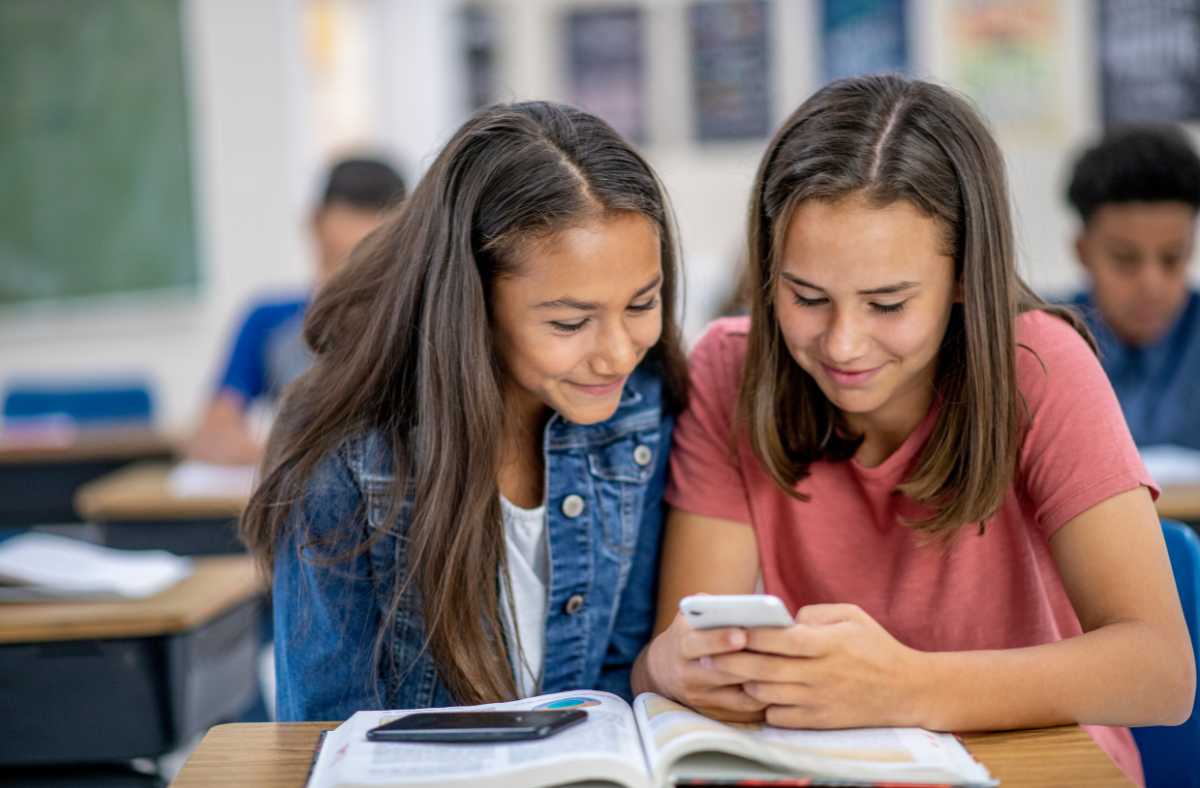You’ve probably heard of “invisible disabilities”: chronic pain, Level 1 autism, and epilepsy, to name a few. Assistive technology (AT) can also be “invisible.” And in either case, “invisible” often means “misunderstood.”
Hidden in Plain Sight
Think of AT as coming in three levels of “visibility”:
- Visible: Technology such as wheelchairs and diabetes bags, which obviously serve specific purposes.
- Partly visible: Technology that is also used (or looks like something used) by non-disabled people. Examples: Video captions; notepads; canes/walking sticks. Service dogs might also be included: while living creatures may not strictly be “technology,” technology is part of their training and work.
- Invisible: Technology that can only be seen on close examination. Pacemakers and modern hearing aids are “invisible.” So are many prosthetics. And so are most apps, since few observers get close enough to see which app is being used—or for what.
Users of “partly visible” AT have long known the frustration of being taken lightly. (“You’re not using that notepad; let me borrow it.” “Why can’t I play with your gadget for just a few minutes?”) In the age of ubiquitous devices, there are similar problems with invisible AT.
Particularly for students caught in the crossfire of “smartphones in schools” arguments.

Needed vs. Unneeded Device Use
IEPs (Individualized Education Programs) allow assistive technology in public schools. Often, the best AT for a student comes in app form.
But what happens when a school district—or a whole state—bans students from using smartphones in class, and some of those students need their phones for IEP-approved technology? There are plenty of legitimate concerns about smartphone use: electronic note-passing, cheating, even cyberbullying. But there’s also concern that non-disabled students (or parents with secondhand information) will complain, “If [individual with AT needs they may not want shared in detail] can have a smartphone, why can’t everyone?”
Also, most AT apps share device space with other apps—apps that could be used for computer games or for looking up test answers. And legitimate AT needs don’t make anyone temptation-proof.
What to Do
If your child has a disability that requires app use in school, here are some ideas for avoiding problems.
- Be clear on official device rules for your school district—including rules that specifically mention AT apps. Get this information early in the IEP planning process.
- If there’s a general ban on smartphone use, make sure your child’s IEP includes details on making an exception—and on how to respond if someone complains about your child “using a device.” Get your child’s input when planning this part.
- Review current rules at every IEP meeting and review session.
- To limit temptations to use devices for non-AT purposes, install a Parental Control, Freedom, or other “blocking” app on your child’s school phone. Ideally, invite your child to help set the limits. Kids love to practice self-control skills: it helps them feel grown-up and respected.
- Or, get a separate “school” device with only the AT app(s).
Finally, remember that today’s “cheat machine” is often tomorrow’s universal tool. Stay open-minded and discerning on every technology you consider. Who knows, that tool you almost dismissed may someday help your child patent the next AT breakthrough.
For recent “smartphones in schools” news from Texas, see:

